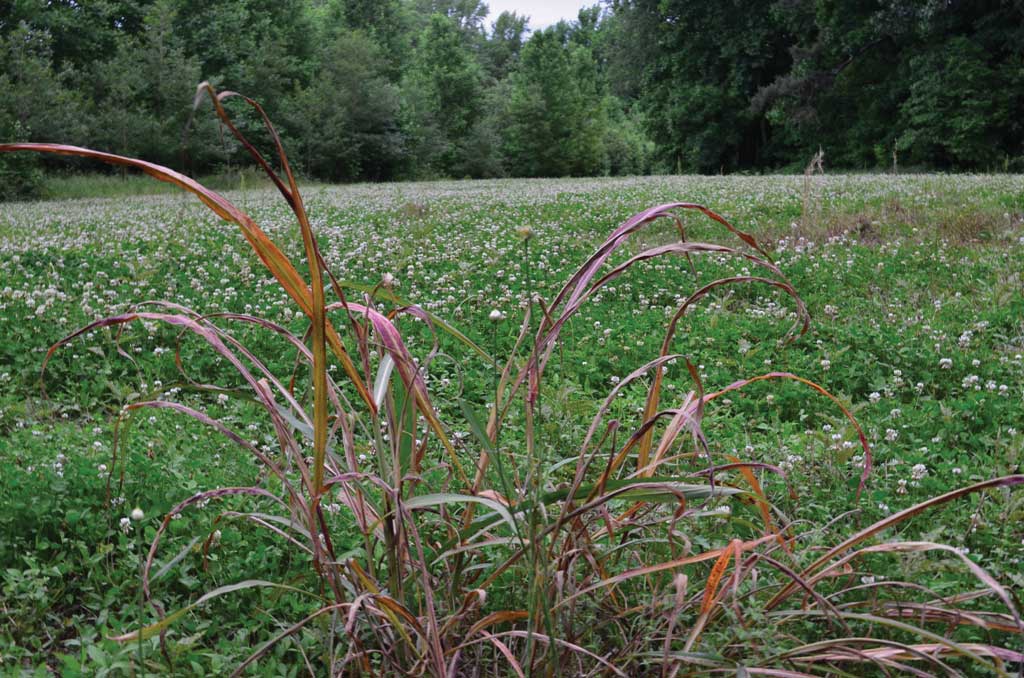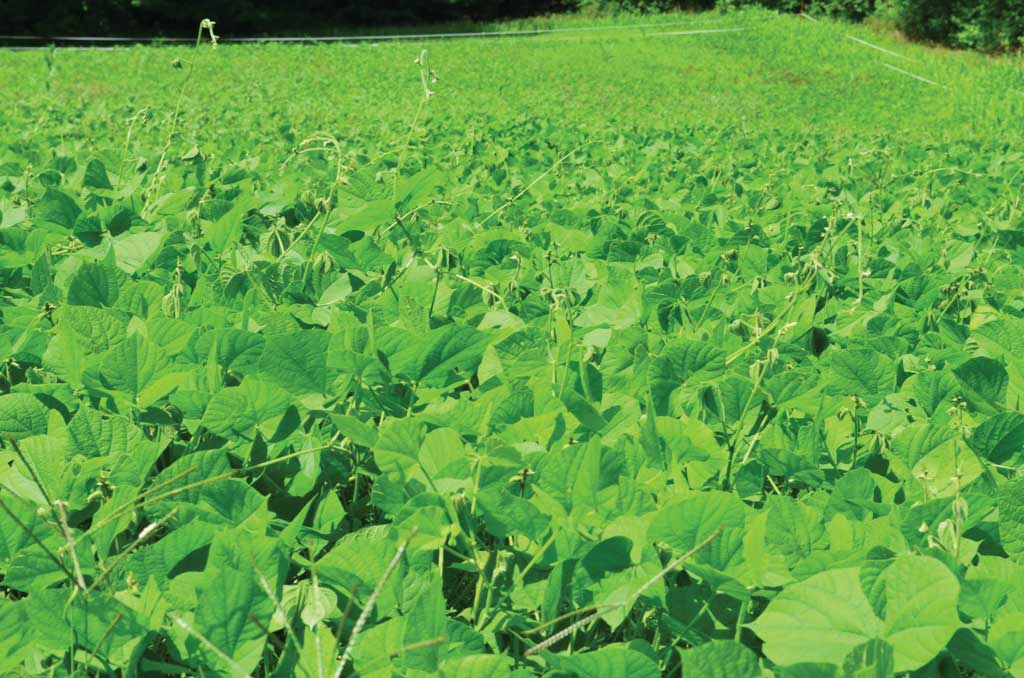As spring approaches and the woods begin to come to life after the winter hiatus, the opportunities for improving habitat for wildlife are numerous.
If you live in the Deep South, the soil temperature begins to warm up quickly in March and will be ready for seeds to be planted as soon as it nears 55 degrees. If you have had problems in the past establishing spring and summer plots for your deer because of over-browsing and high deer numbers, trying to time your planting to coincide with spring green-up can be a big advantage.

Whitetails love the fresh growth that the woods and thickets burst with during that first few weeks of green-up. No other time of year has such an overwhelming amount of fresh browse from such a variety of plants.
This explosion of greenery with its vast amount of new food throughout the woods can take a lot of pressure off of your plots and give them a chance to eat some established growth that is more tolerant of browse pressure.
“This early jumpstart can be the difference in getting your plots established so they can be a season-long food source.”
It’s sometimes hard to realize that you can plant warm season plots this early in the year, but once the threat of frost is gone and the soil temperatures warm up to the upper 50s, it’s game on.
Another clue to watch for is the row crop farmers in your area who are beginning to plant. If you see them in the area of your property putting seeds in the ground with their planters, chances are you are good to go.
This early jumpstart can be the difference in getting your plots established so they can be a season-long food source instead of the usual failure caused by high deer densities and over-browsing. Crops susceptible to this include soybeans, lablab, peas, and corn.
One of the questions I answer the most through the spring and summer growing season pertains to weed control in perennial plots such as clover, chicory, alfalfa, and other fall-planted legumes and forbs.

Weeds can shorten the life of these perennial plots. Weeds compete for moisture and nutrients and often outgrow the lower-growing legumes, thus shading them out as the summer goes on. Many times these fall-planted perennials come screaming out of the ground after establishing a good root system during the fall and winter.
Guys will go to their property early in the spring and see the plots doing great, only to return a month or so later and find major weed problems.
The key to controlling these weeds is identifying them and spraying for a good kill when they are young and thriving. Once problem grasses and weeds get a foot or two of growth and begin to mature, they do not uptake herbicides as well and are harder to kill.
“The number one way to make deer want to use a piece of property is to provide a place of refuge and safety.”
Most herbicides kill grasses and weeds best when they are six inches or less. These weeds can be killed later in growth but it may take an increased rate or multiple sprayings.
Perennial plots that are managed properly can last for years without replanting.
The number one way to make deer want to use a piece of property is to provide a place of refuge and safety. If you have a property that is mostly big timber and food plots, heavy cover may be what you are missing to really make your farm the place they want to hang out.
Thick pines and briar thickets are often the bedding of choice for whitetails in the South. Why? Because that’s what they find most available. If available, however, tall warm-season grasses can be the ultimate bedding and security cover.
When making plans for your springtime management chores think about planting some native grasses that will develop into great bedding and cover for all sorts of wildlife, including whitetail deer.
Bedding Blend is a mix of seeds put together just for this purpose by the staff at Nativ Nurseries. Travel corridors, old pastures, unused fields, and edges of each food plot are just a few examples of areas that can be planted and turned into wildlife-friendly bedding and cover.




